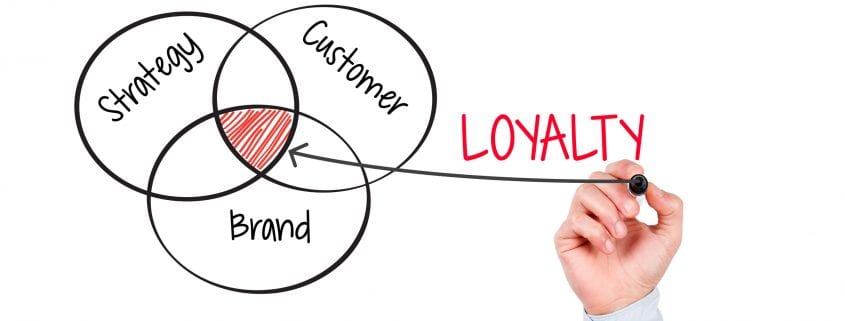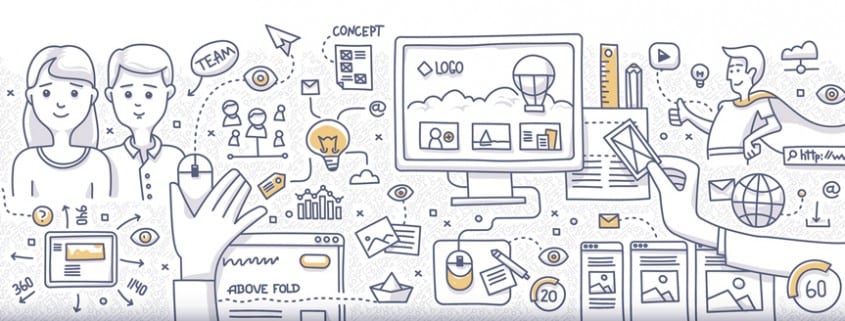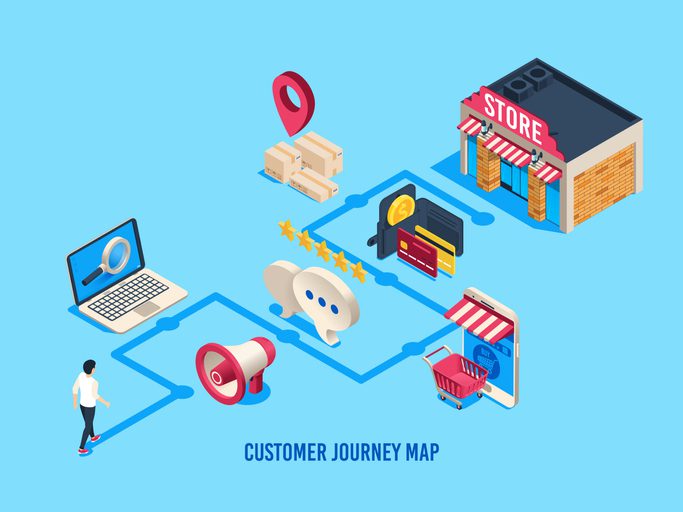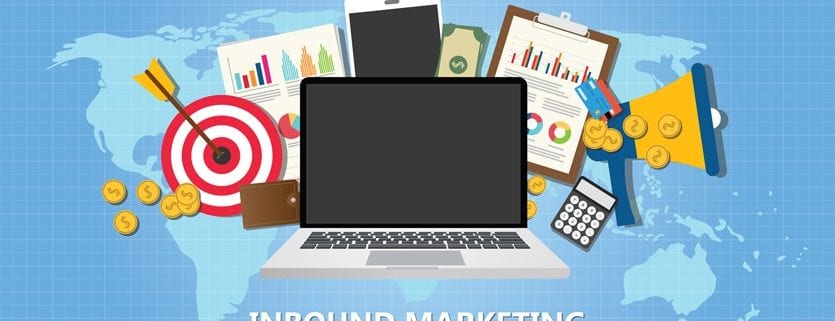
How To Strike A Perfect Balance When Writing For Search & Writing For Brand
Writing content can be tricky. Implementing the best SEO practices is important in order to help attract organic traffic to your site in order to read your content, but you should also make sure that your SEO efforts don’t detract from the quality of your writing–it needs to be of a high quality in order to engage those visitors, after all. Finding that perfect balance between writing for your brand and writing for SEO is no easy task. The following are a few tips on how to maintain that perfect balance:
1. Do Your Keyword Research
If you do the proper amount of keyword research, then you shouldn’t have to worry about trying to include the keywords you’ve chosen into the content you’ve written. If the keywords you chose were relevant to the content you wrote and vice versa, then odds are those keywords will be naturally used as you are writing your content and you won’t have to worry about going back and adding in keywords in potentially unnatural or repetitive ways that could lower the quality of your content.
2. Using Keywords In Your Headers
You don’t need to add keywords to each header you use. Your headers don’t just tell readers what the following content is going to be about–they also need to help incite reader interest. A lot of the time, adding keywords to your headers can make the header seem bland. Use keywords in your headers when the following paragraph is the meat and potatoes of your content. When it comes to the concluding header, worry more about creating a header that leaves a lasting impact than about finding a way to include your keyword.
Read More Related Articles: Are Keywords Still Required to Increase SEO Rankings? Click Here to Find Out
3. Know Where To Use Keywords
While you should use your keywords in the body of your content in a natural way, you should also make sure to include it in your title, meta title, meta description, and image alt text. This will make your content more easily identifiable for Google without potentially affecting the quality of your actual content.
4. Use Relevant Backlinks
Keywords aren’t the only way to write for search. Add relevant backlinks throughout your content. However, if the links don’t add value to the experience of your readers, then don’t add them–you’ll just frustrate your readers and clutter up your content with anchor text.
5. Don’t Overdo It
First of all, keyword stuffing is going to be penalized by Google, which is why you should try to keep your keyword density below two percent. Secondly, you should read through your content to get a feel for how it sounds. If any of your keywords sound out of place, then they’re affecting the quality of what you’ve written. Additionally, if it feels like the keyword is being repeated too often within a short span of space, it’s probably dragging the quality down.
The content you write serves many purposes as far as your inbound marketing strategy goes. It can help increase your search rankings, thereby boosting organic traffic and bringing in more potential leads. It can also help your readers to engage with your brand. However, this requires you to both write with your audience in mind as well as with SEO in mind. These are just a few tips that will help you maintain that perfect balance between writing for your brand and writing for search.
Still want to increase your SEO? Here’s how to do so using Google trends.














 At this stage, the consumer is close to buying your product. You’ll want to make it as easy for them as possible to make a
At this stage, the consumer is close to buying your product. You’ll want to make it as easy for them as possible to make a 




